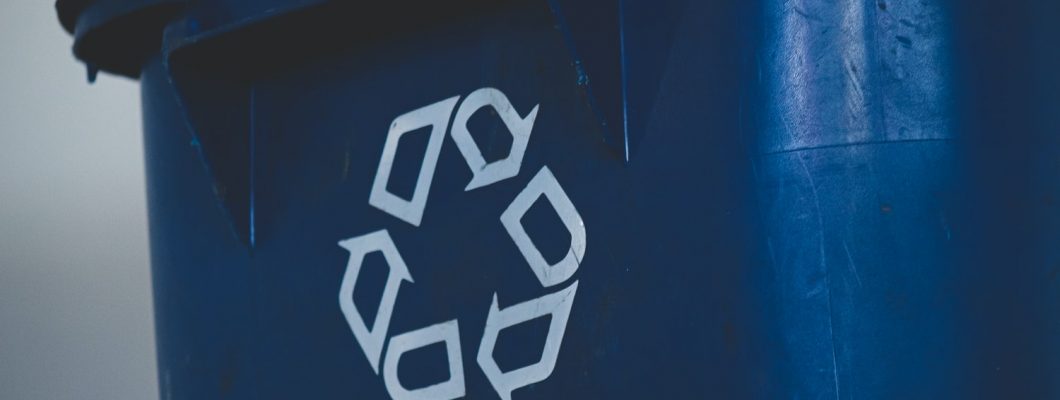The future of plastic is endless! There have been innovations in types of plastics, how they are made and used, as well as how to recycle them. And new advances are occurring every day!
Usually, the creation of plastic objects requires fairly high temperatures to melt the polymers to allow them to be shaped. The heating and cooling process involved weakens the plastic, causing “thermal degradation” and limiting its recyclability. Scientists at MIT have developed a process in which plastics are shaped at room temperature, using high pressure. The resulting “baroplastics” require less energy to be produced and can be reshaped and recycled.
A professor at USC has invented a low-temperature way of doing 3D printing or fabbing. Currently, the cost of this method restricts its use to large corporations, but once it is brought down to consumer-level prices, 3D printing could revolutionize everyday life. People could produce their own plastic items at home using a polymer powder, a digital file, and a fabbing machine. Imagine, someday being able to create your own personalized iPod skin or cell phone case in the comfort of your own home!
As the world becomes more conscious of the environment, people in the plastic industry are searching for innovative and “green” uses for plastics, as well as additional ways to reuse and recycle.
Bioplastics is used to describe a group of plastics derived from non-fossil biological sources, such as cornstarch and hemp oil. The fact that many bioplastics are biodegradable makes them ideal for recyclable disposable items such as packaging for fruits and vegetables. They are also utilized in disposable dishes and drinking “glasses.”
Clear egg cartons are made from plastic sheets, the scraps of which can be recycled for additional egg cartons. Once used, the cartons themselves can be recycled, treated, and reformed into plastic packing pellets. Certain plastics can also be recycled as fibres for carpets or plastic lumber.
New innovative cars made almost entirely from plastic are paving the way for what you may be driving in the future.
Porsche’s Carrera GT is a luxury automobile made primarily from plastic hybrid materials. It’s the latest development in an ongoing effort to incorporate more lightweight plastic materials into the automotive industry. The carbon fibre reinforced plastic (CFRP) used in construction has thermal resistant properties and is twice as strong as steel yet five times lighter. The lower weight means improved gas mileage as well.
Visit How Stuff Works to see how the Porsche Carrera GT is made
http://auto.howstuffworks.com/porsche-carrera3.html
Although the current price of the Porsche Carrera GT is more that most of us can afford, many of the developments in its construction will eventually be incorporated into all automobiles. The use of plastics in the automotive industry allows car companies to push limits in car design, fuel efficiency, and durability.
Given society’s increasing concern with protecting the environment, people in the plastics industry are looking to make plastic materials that are environment-friendly. Many developments have been made in the housing industry.
Plastic exterior foam insulation and plastic building wrap reduce moisture infiltration and the penetration of dust, pollen, and other airborne pollutants. They also reduce heating and cooling costs up to 50%. In fact, if all houses in Canada used plastic foam insulation greenhouse gas (GHG) emissions would be reduced by 3 million tonnes per year.
New and greener housing is being developed. Glazed polycarbonate panels provide almost twice the insulation of treated glass and allow the same amount of light. Plastic roofing systems reduce heat and cooling costs and are easy to install. Their rigid plastic structure allows buildings an opportunity for further “greening” because it provides a suitable environment for trees and plants.
With the emphasis on developing renewable alternative energy sources, consumers are looking at harnessing wind power to provide energy for their homes. Normal-sized wind turbines are not practical in smaller areas, so scientists have constructed gear-like turbines made of plastic. These structures arranged within a square metre and with a wind speed of 5 metre per second can produce 131 kilowatt hours per year.
All this activity in the plastics field means an increase in the number and variety of careers associated with the plastics industry.
